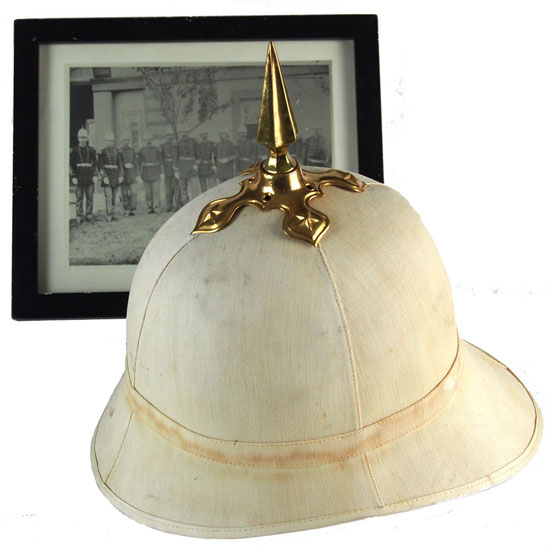
It is well established – as we’ve noted in past articles – that the United States Marine Corp has long utilized sun helmets. The pressed fiber examples were likely based on the British “Standard Pattern” and continue to be used even today.
What is less understood is when and more importantly where the Corps used the Model 1887/89 pattern sun helmets. It has been argued by collectors that the USMC may have adopted its own helmets – which were similar to the Model 1881 helmets that were utilized by some National Guard and State Militia units. It is true that the USMC Band helmets are close to those designs.
However, it has been argued that the Corps did use the Model 1887 helmets, but again when and where is the issue. Moreover, it has been debated whether any accoutrements were ever used with these helmets. The U.S. Army regulations specifically stated that helmet plates, chinchains and spikes NOT be worn on the white/khaki sun helmets, yet examples and more importantly photographic evidence suggests that at least some officers opted to use the white Model 1887 as a “dress helmet” in summer months.
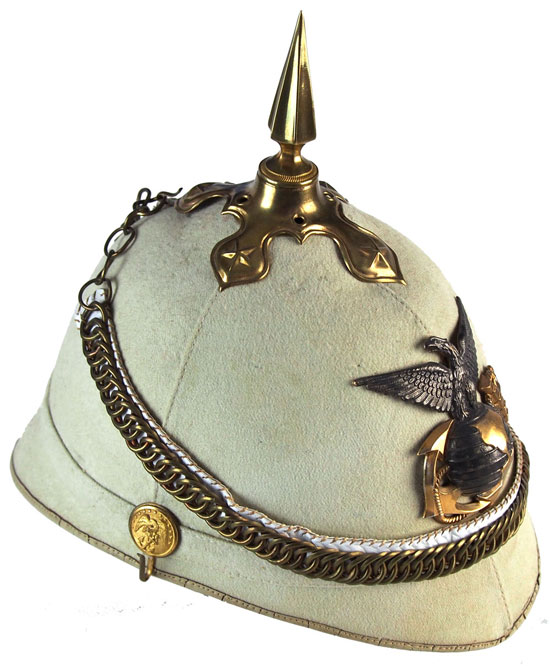
A USMC Bandsman helmet – likely of post-WWII vintage but based on the style of helmet used since the 1880s. Note it features the Marine Corp style spike base, which was seen on the dark blue felt dress helmets.
There is little – if any in fact – photographic evidence that the Corps actually wore the Eagle/Globe/Anchor (EGA) insignia on the front of the white helmets apart from use by the bands. Many Model 1887/89 helmets are in fact seen today with such badges but it would be impossible to know whether these were applied by a member of the Corps or by a collector/dealer at a later date.
What has come to light is a helmet with that shows some wear and has the USMC style spike base and spike. It came out of an old collection with a photo. It was suggested that the original owner is in the photo – but which of the dozen Marines isn’t known. It does appear that several at least are wearing the spikes.
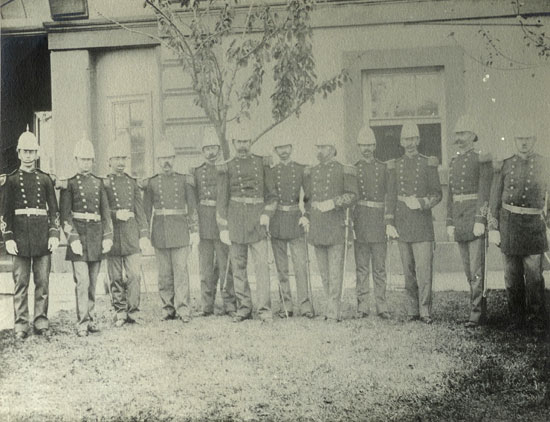
This period photo does show that at least some of the Marines are wearing spikes on their helmets.
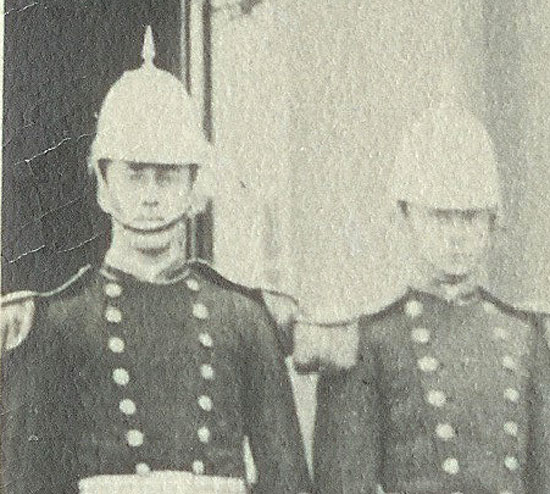
This close up also shows that these are likely the Model 1887 helmets. It appears that chinchains were also worn by some of the Marines.
The photo is purported to have been taken in China in the late 1890s, and perhaps regulations were less strict. Regardless of the circumstance this is solid and absolute proof that some Marines at least did wear spikes with their summer blues.
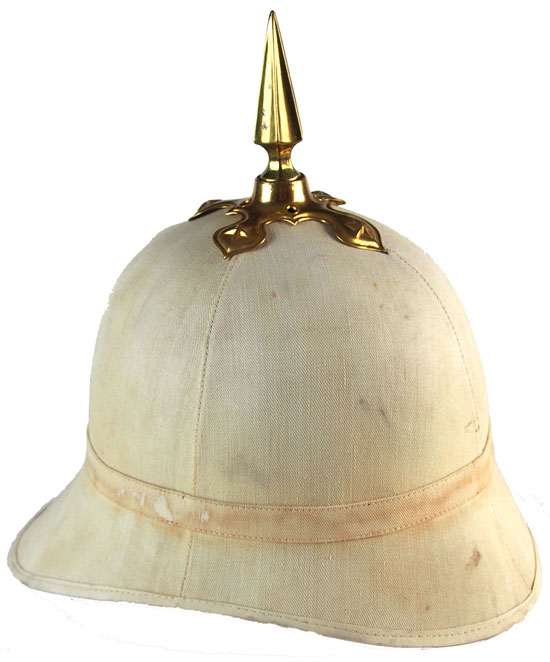
The helmet that was sold to the author with the photo. It was purported to be one of the helmets in the photo but this can’t be definitely proven. However, it does have the correct USMC spike base and show light wear that suggests it was used only as “dress helmet.”
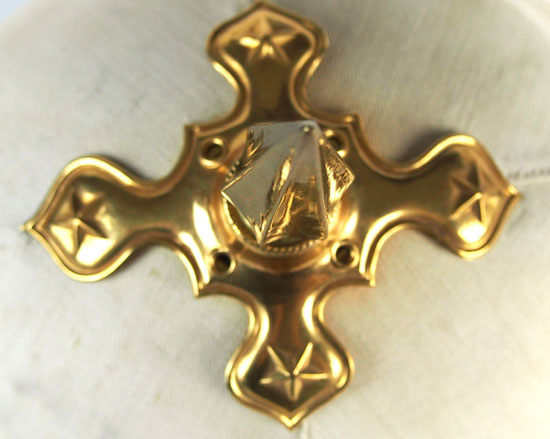
A close up of the USMC style spike base, which differed from the “leaf and acorn” base that was largely used only by the U.S. Army in this period.
More research is needed, but for now this one photograph does tell at least 1,000 words.
